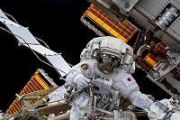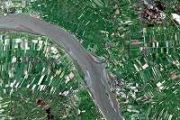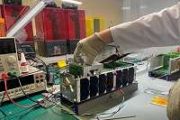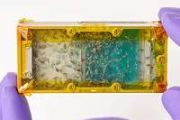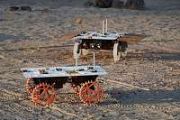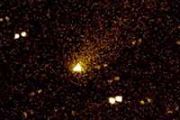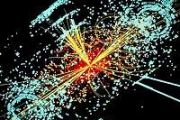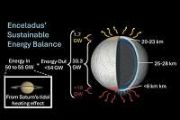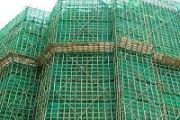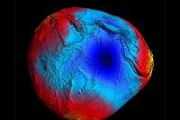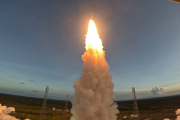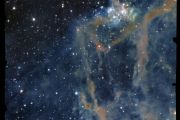
Copernical Team
First rocket launch of the New Year leaves Wenchang for space
 China launched a Long March 7A rocket from the Wenchang Space Launch Center in Hainan province on Monday morning, sending three satellites into space as part of its first space mission of 2023.
The colossal 60.1-meter rocket blasted off at 6:00 am from the coastal launch center, and soon deployed the Shijian 23 and Shiyan 22A and 22B experimental satellites into orbit, according to a news
China launched a Long March 7A rocket from the Wenchang Space Launch Center in Hainan province on Monday morning, sending three satellites into space as part of its first space mission of 2023.
The colossal 60.1-meter rocket blasted off at 6:00 am from the coastal launch center, and soon deployed the Shijian 23 and Shiyan 22A and 22B experimental satellites into orbit, according to a news Blue Canyon Technologies provides small satellite critical technologies on Transporter-6 Launch
 Small satellite manufacturer and mission services provider Blue Canyon Technologies, LLC ("BCT" or "Blue Canyon"), a subsidiary of Raytheon Technologies, has announced its contributions to the first orbital launch of 2023. The Transporter-6 launch pitched 114 small payloads into polar orbit on January 3, with Blue Canyon providing critical hardware components for several of the SmallSat missions
Small satellite manufacturer and mission services provider Blue Canyon Technologies, LLC ("BCT" or "Blue Canyon"), a subsidiary of Raytheon Technologies, has announced its contributions to the first orbital launch of 2023. The Transporter-6 launch pitched 114 small payloads into polar orbit on January 3, with Blue Canyon providing critical hardware components for several of the SmallSat missions Speedcast wins contract renewal for Asia-Pacific Teleport Services
 Speedcast, a leading communications and IT services provider, has been awarded a contract extension by Airbus to provide gateway hosting services offering secure access to its SKYNET military satellite system from the Asia-Pacific region. Airbus is the trusted partner for the UK's secure military satellite communications program.
In 2016, Speedcast built two 11m antenna systems at one of i
Speedcast, a leading communications and IT services provider, has been awarded a contract extension by Airbus to provide gateway hosting services offering secure access to its SKYNET military satellite system from the Asia-Pacific region. Airbus is the trusted partner for the UK's secure military satellite communications program.
In 2016, Speedcast built two 11m antenna systems at one of i Webb reveals wide diversity of galaxies in the early universe
 New data from the James Webb Space Telescope (JWST) have revealed that the structures of galaxies in the early universe were much more diverse and mature than previously known. Scientists compared images of hundreds of galaxies taken by JWST for the Cosmic Evolution Early Release Science (CEERS) Survey with corresponding images previously taken by the Hubble Space Telescope and presented the res
New data from the James Webb Space Telescope (JWST) have revealed that the structures of galaxies in the early universe were much more diverse and mature than previously known. Scientists compared images of hundreds of galaxies taken by JWST for the Cosmic Evolution Early Release Science (CEERS) Survey with corresponding images previously taken by the Hubble Space Telescope and presented the res Chinese scientists discover ubiquitous, increasing ferric iron on lunar surface
 The Moon has been considered extremely reductive since the Apollo era, as estimated by the low ferric iron content in lunar samples returned in the 1970s. In addition, it has long been a mystery whether a large amount of ferric iron exists on the Moon and how it is formed.
Recently, however, a research team led by Profs. XU Yigang and HE Hongping from the Guangzhou Institute of Geochemistr
The Moon has been considered extremely reductive since the Apollo era, as estimated by the low ferric iron content in lunar samples returned in the 1970s. In addition, it has long been a mystery whether a large amount of ferric iron exists on the Moon and how it is formed.
Recently, however, a research team led by Profs. XU Yigang and HE Hongping from the Guangzhou Institute of Geochemistr Terran Orbital's GEOStare SV2 completes commercial imaging contract for Lockheed Martin
 Terran Orbital Corporation (NYSE: LLAP), a global leader in satellite-based solutions primarily serving the aerospace and defense industries, has announced its GEOStare SV2 spacecraft completed a commercial data services imagery contract for Lockheed Martin.
Throughout the duration of the contract, Terran Orbital's operations team successfully demonstrated the ability to rapidly re-task th
Terran Orbital Corporation (NYSE: LLAP), a global leader in satellite-based solutions primarily serving the aerospace and defense industries, has announced its GEOStare SV2 spacecraft completed a commercial data services imagery contract for Lockheed Martin.
Throughout the duration of the contract, Terran Orbital's operations team successfully demonstrated the ability to rapidly re-task th Historic UK rocket mission ends in failure
 An attempt to launch the first rocket into orbit from UK soil ended in failure on Tuesday, with scientists reporting an "anomaly" as it neared its goal.
A Virgin Orbit Boeing 747 carrying the 70-foot (21-metre) rocket took off from a spaceport in Cornwall, southwest England, at 2202 GMT.
The rocket then detached from the aircraft and ignited as planned at a height of 35,000 feet over the
An attempt to launch the first rocket into orbit from UK soil ended in failure on Tuesday, with scientists reporting an "anomaly" as it neared its goal.
A Virgin Orbit Boeing 747 carrying the 70-foot (21-metre) rocket took off from a spaceport in Cornwall, southwest England, at 2202 GMT.
The rocket then detached from the aircraft and ignited as planned at a height of 35,000 feet over the Are chemical rockets or solar sails better to return resources from asteroids?
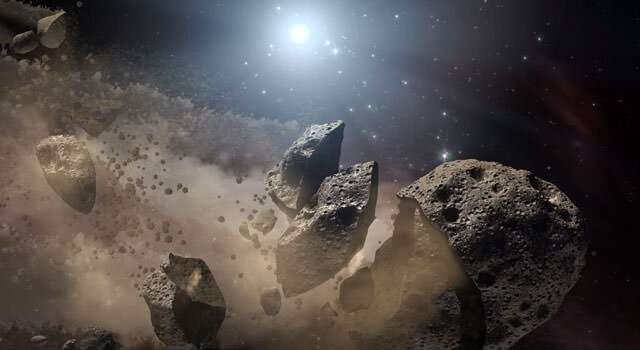
If and when we ever get an asteroid mining industry off the ground, one of the most important decisions to be made in the structure of any asteroid mining mission would be how to get the resources back to where all of our other infrastructure is—somewhere around the Earth.
That decision typically will focus on one of two propulsion methodologies—chemical rockets, such as those we already use to get us into space in the first place, or solar sails, which, while slower and unable to get us into orbit, don't require any fuel. So which propulsion methodology is better for these future missions? A study by researchers at the University of Glasgow looked at those two scenarios and came out with a clear-cut answer—solar sails.
When answering these types of theoretical questions, it is essential to impose limits on the answers. For example, billions of asteroids exist in the solar system, so it's more realistic to only look at those known as near-Earth asteroids (NEAs).
Orion back at Kennedy Space Center so NASA can dissect Artemis I mission
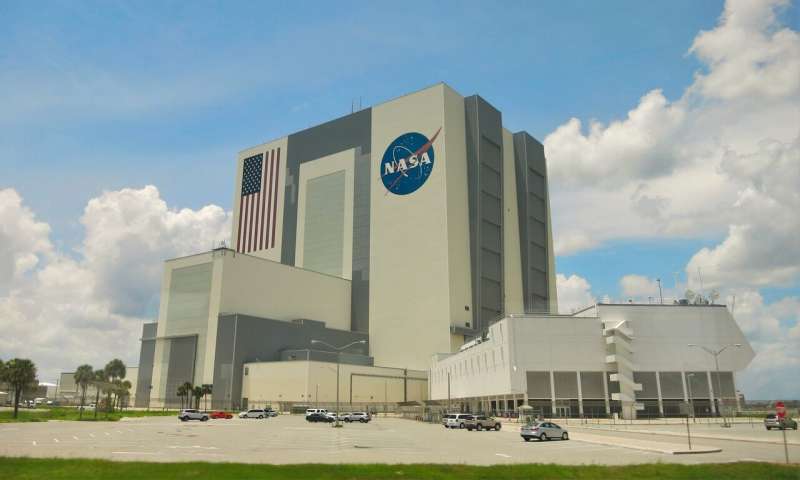
The Orion space capsule from Artemis I has come full circle, having launched from Kennedy Space Center, traveled 1.4 million miles in space and around the moon, splashed back down to Earth in the Pacific Ocean, and now journeyed 2,500 miles over land for its return to Florida.
After Orion was recovered at sea on Dec. 11, it made its way to Naval Base San Diego before heading by truck to arrive at KSC on Dec. 30. It now sits at NASA's Multi Payload Processing Facility, still sealed tight from its celestial journey.
The passengers have been waiting patiently to get out of the capsule. Since they're just mannequins, though, they can wait a little longer.
The most human-looking of the three, named Commander Moonikin Campos in deference to the late Arturo Campos who helped NASA bring the Apollo 13 crew safely back to Earth, was joined by two partial-body mannequins named Zohar and Helga. Their presence will help NASA determine just what sort of radiation levels and other flight stresses humans will face during the first crewed flight of Orion on Artemis II.
Full moon rising: The first lunar spectacle of 2023 is this weekend's wolf moon
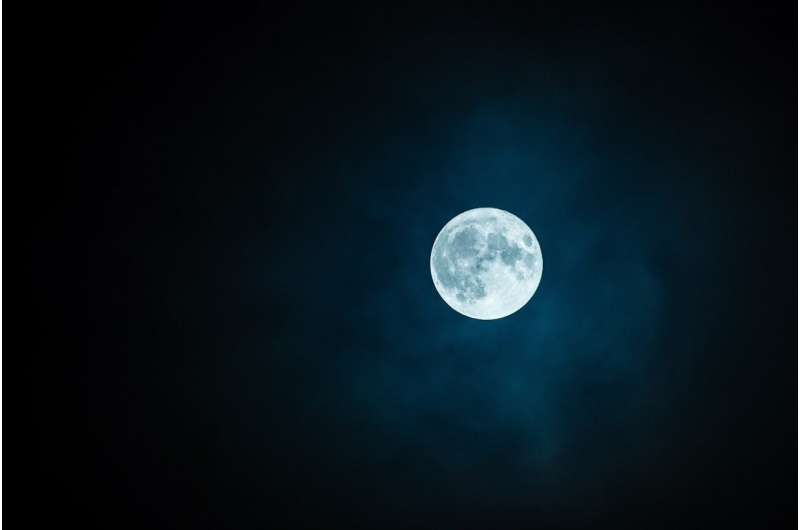
If you lift your eyes to the sky Friday night, you can catch the first full moon of 2023—the wolf moon.
The full moon can best be seen at 6:08 p.m. EST on Friday and will appear full through Sunday morning, according to NASA.
"Look for the moon to rise from the northeastern horizon around sunset that evening," according to the Old Farmer's Almanac.
This is the first of 13 full moons in 2023, the Old Farmer's Almanac said.
The moon is also known as a micromoon, because the moon, which circles the Earth in an elliptical orbit, is farther from the Earth, said Space.com.
Why is it called the wolf moon?
The first full moon of the year is known as the wolf moon because historically it was believed during the winter wolves howled more at night because they were hungry, the Old Farmer's Almanac said.
The name has stuck even though there are doubts about the accuracy of the wolf moon moniker.
Why is it also called a micromoon?
For this full moon, the moon will be about 250,000 miles from Earth.






